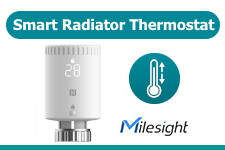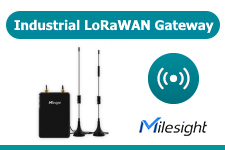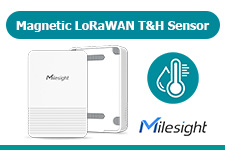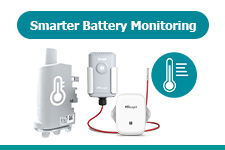
With the increasing use of renewable energy and battery-based energy storage, there is a need for reliable and remote monitoring of their condition. One of the key parameters affecting system safety and performance is the operating temperature of the cells.
Its uncontrolled rise can lead to a shortened battery life, damage and, in extreme cases, fires. In this context, LoRaWAN technology proves to be the perfect solution for implementing an intelligent and scalable measurement system.
LoRaWAN is a wireless LPWAN (Low Power Wide Area Network) technology that provides high flexibility with low power consumption. For distributed installations such as photovoltaic farms or industrial energy banks, the advantages of LoRaWAN are particularly important:
For monitoring system implementations in energy banks, it makes sense to go for proven LoRaWAN sensors that provide high measurement accuracy, reliable operation in industrial environments and long operating autonomy. Selected sensor models - such as the Milesight EM300-TH, EM500-PT100 and Adeunis TEMP and TEMP2S - are available off-the-shelf from JM elektronik's stock, allowing you to start your project quickly without waiting for deliveries.
The most popular model for temperature measurement in battery banks:

Industrial sensor dedicated to demanding applications:
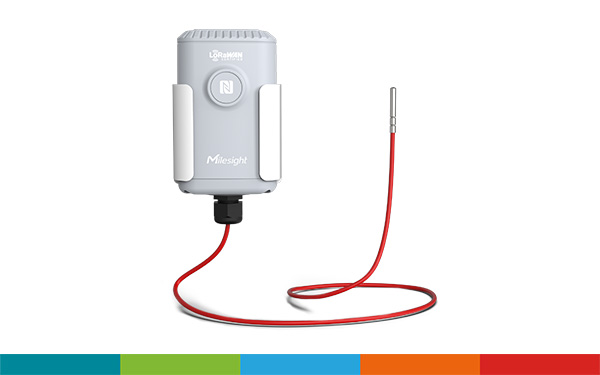
Sensor with internal probe and one external probe for contact measurement:
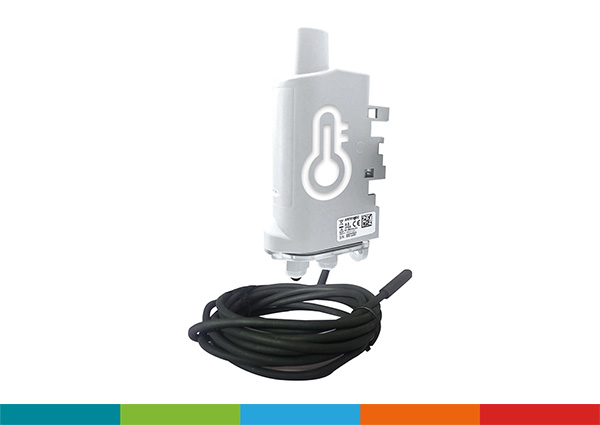
Ideal for monitoring the temperature of the container interior and the battery itself simultaneously.
Model equipped with two external contact probes to measure temperature at two points simultaneously:

| Technology | advantages | disadvantages |
| NB-IoT / LTE-M | Good building penetration, mobility | Higher costs (subscription), higher power consumption |
| Zigbee / BT | Low latency | Short range, poor scalability |
| Modbus RTU | Stability, reliability | High cost of wired installation, limited flexibility |
LoRaWAN combines key strengths: long range, energy efficiency and low deployment cost - making it an ideal choice for industrial monitoring.
The measurement system can easily be extended to include additional parameters:
A monitoring system based on LoRaWAN and sensors available from JM elektronik is a practical, scalable and cost-effective solution for temperature monitoring in energy banks. It provides security, increases efficiency and allows a rapid response to potential risks. With the increasing number of PV installations and the needs of the energy market, it is a technology that is already setting the standard in remote monitoring of energy infrastructure.
